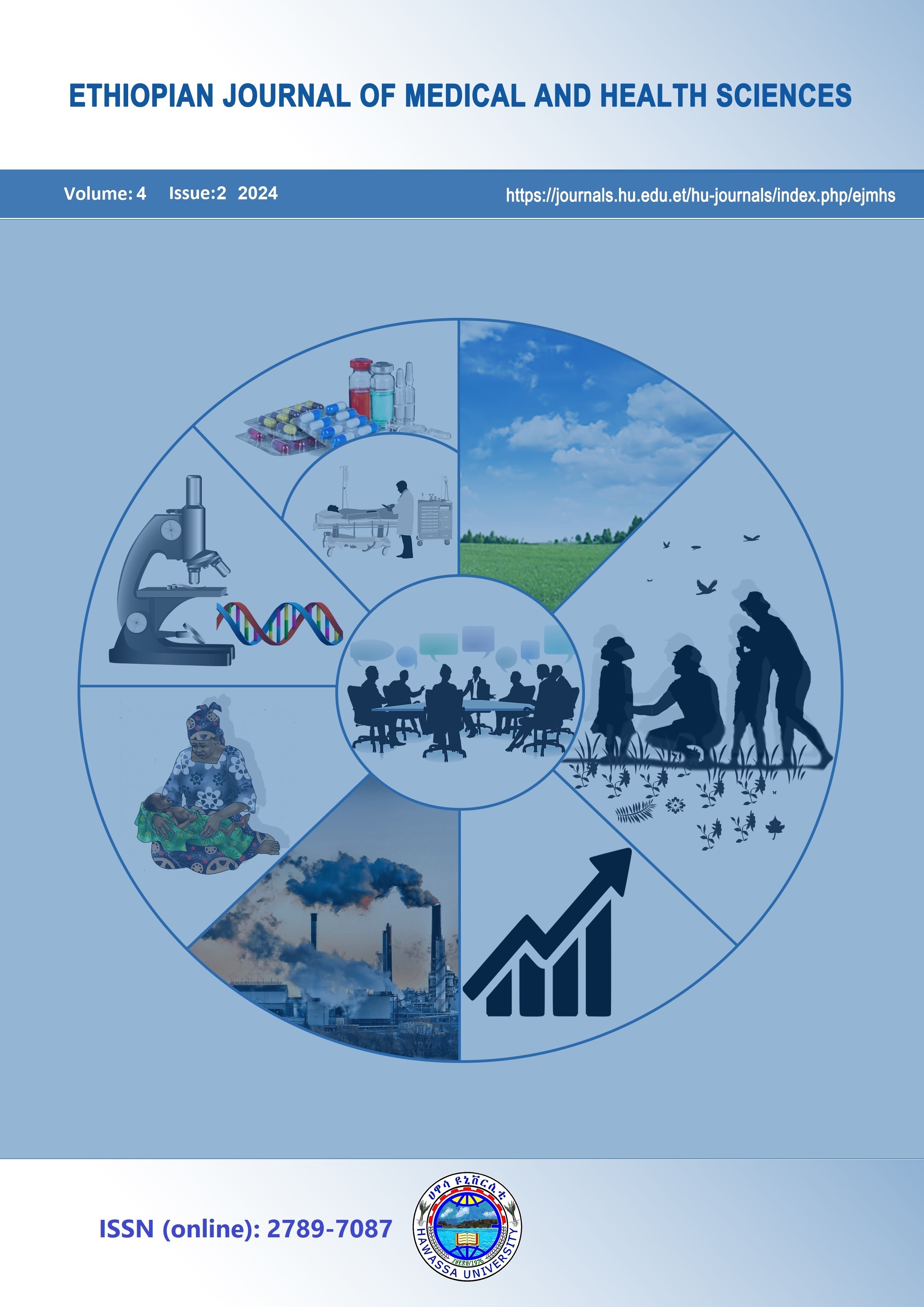Patterns of Communicable and Non-Communicable Diseases: A Hospital-Based Study in Ethiopia
DOI:
https://doi.org/10.82127/ppj5af58Keywords:
Communicable & Non-Communicable Diseases, AdmissionAbstract
Background: The patient group exhibited a nearly equal gender distribution, with a predominance of middle-aged individuals. Tuberculosis and other infectious diseases accounted for 25% of admissions, reflecting the continued relevance of communicable diseases in a shifting health landscape. Conversely, non-communicable diseases (NCDs), more particularly cardiovascular diseases, diabetes mellitus, and chronic kidney disease, were gaining pace, which demonstrates a trendline that highlights the two-sided burden of communicable and non-communicable diseases. These findings underscore the need for integrated healthcare approaches to manage both disease categories effectively.
Methods: A hospital-based descriptive cross-sectional study was performed over 12 months, between January and December 2024. The research comprised a sample of 1,118 patients of 15 years and above, and data were extracted from complete medical records. They used the International Classification of Diseases (ICD) criteria for classifying the diseases. Data were collected by trained nurses using ICD classification and analyzed using SPSS to identify patterns.
Results: CDs accounted for 25% of hospital admissions, with tuberculosis comprising 7.2% of all admissions. NCDs represented 75% of admissions, with cardiovascular diseases accounting for 18.2%. Significant gender associations were found for tuberculosis of other specified sites (p = 0.036), chronic liver disease (p = 0.011), intracerebral hemorrhage (p = 0.001), and tuberculosis meningitis (p = 0.013). Length of hospital stay was significantly associated with patient outcomes (p < 0.001), with the highest mortality rate observed among patients admitted for 1-3 days. Hospital mortality rate was 6.0%, lower than other Ethiopian hospitals, while high rates of discharge against medical advice (8.3%) and referrals (7.2%) highlighted systemic challenges.
Conclusion: The study reveals that infectious diseases continue to be the leading cause of hospital admissions. Concurrently, NCDs, particularly those affecting the cardiovascular and genitourinary systems, are rising in line with the ongoing epidemiological transition in Ethiopia. The findings also highlight marked gender differences in disease patterns, with tuberculosis and chronic liver disease showing particularly uneven distributions between men and women. Collectively, these findings emphasize the importance of integrated approaches that address both persisting infectious diseases and the emerging challenge of chronic illnesses in Ethiopia.

